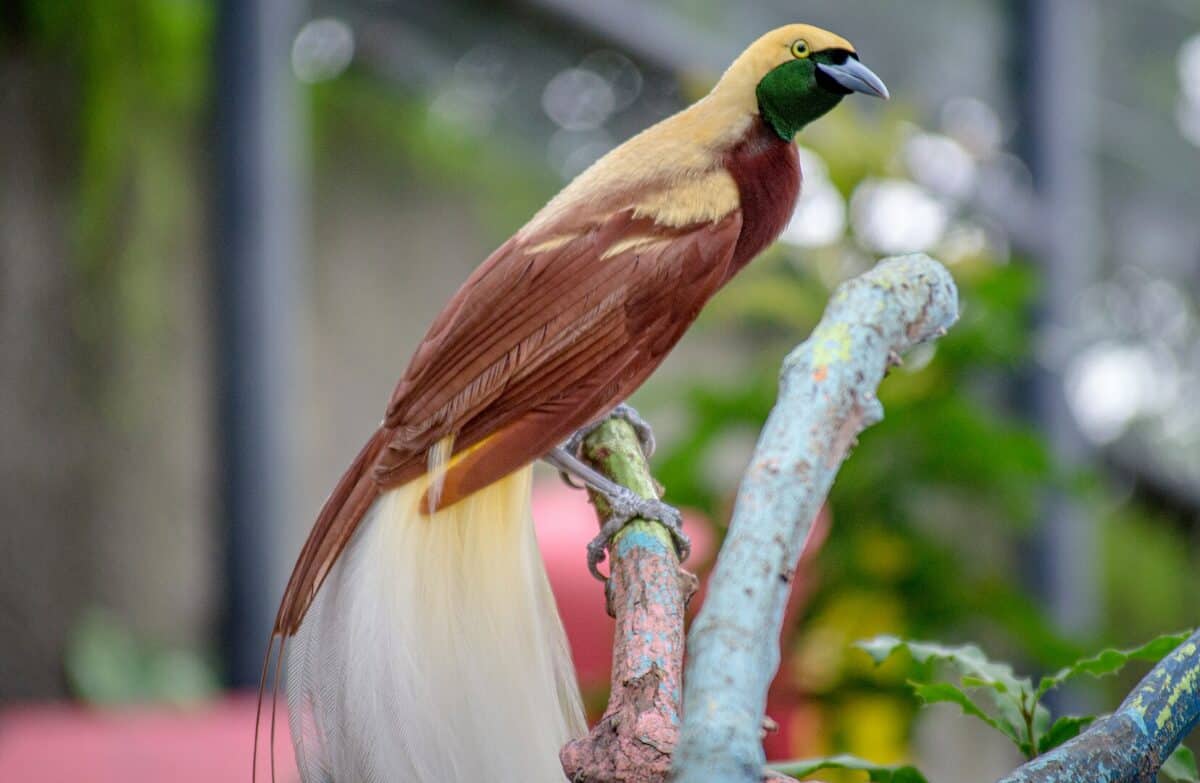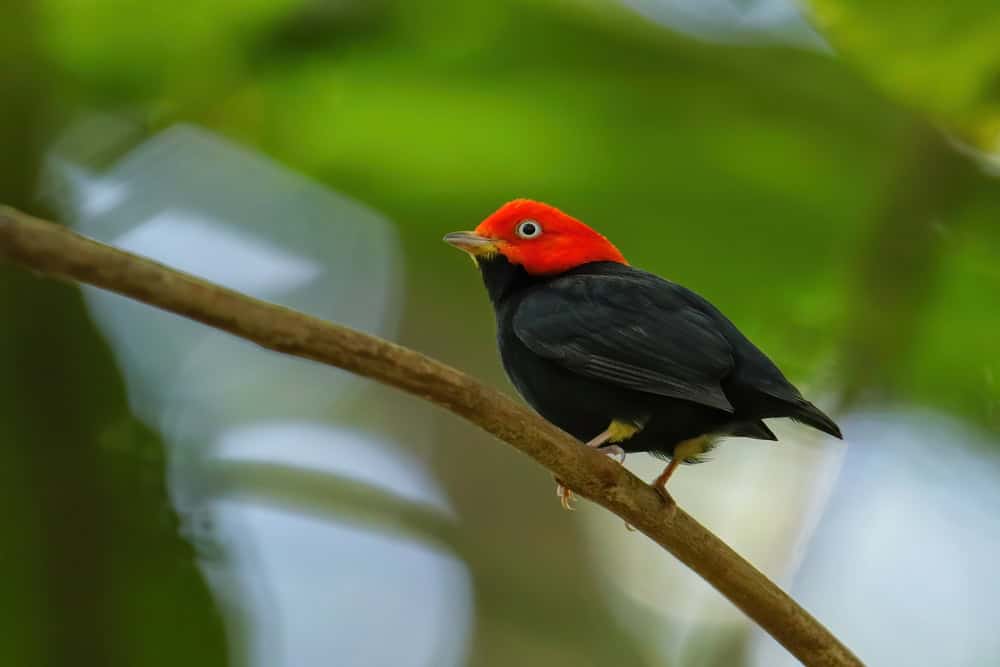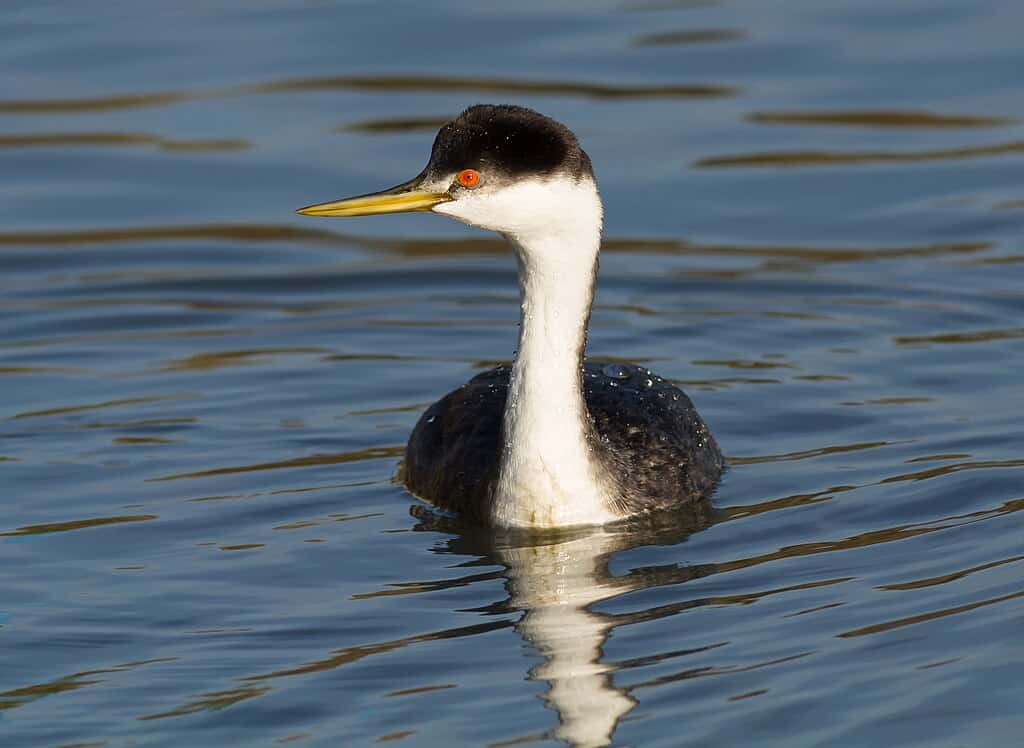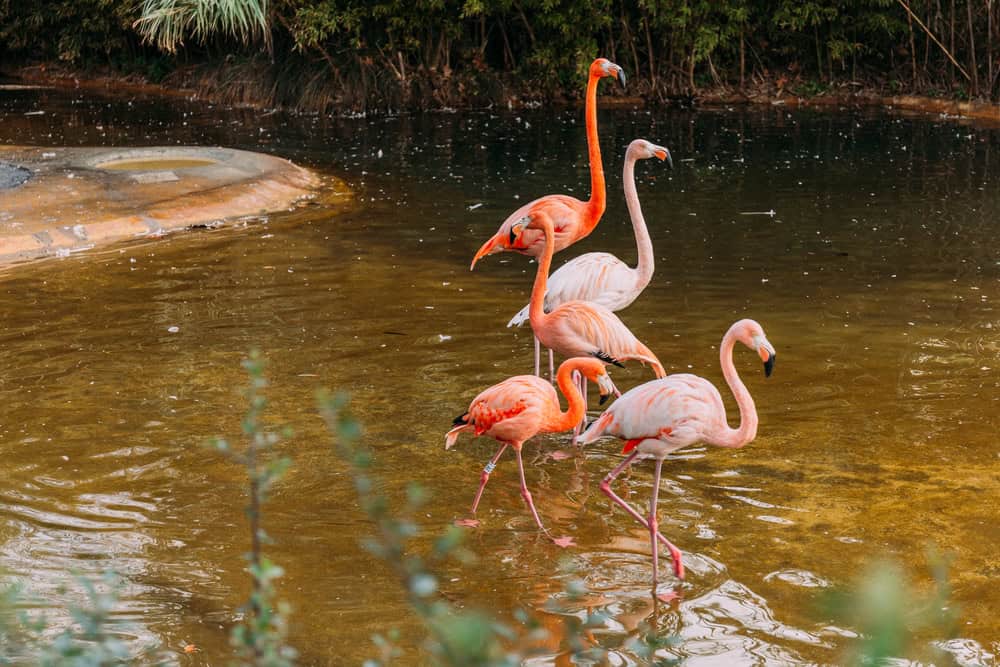Nature is a vast arena of mysteries and wonders, where animals communicate in fascinating ways. One of these astonishing behaviors is the use of dance as a form of communication. From intricate courtship rituals to strategic survival tactics, several animals have evolved unique dance movements to convey important information. This article explores eight animals that use dance as an essential tool for communication, providing a glimpse into the remarkable world of animal behavior.
1. Honeybees

The humble honeybee orchestrates one of the most sophisticated dance performances in the animal kingdom. When bee scouts locate a new food source, they return to the hive and perform the famous “waggle dance.” This dance imparts crucial information about the distance and direction of the food source relative to the sun. By observing the dance, other bees can accurately navigate to the food, showcasing the importance of precision in their movements.
2. Birds of Paradise

Birds of paradise, native to New Guinea, are renowned for their extravagant and captivating dance routines. Male birds perform a series of intricate dances to impress females during mating rituals. These dances often involve a combination of dazzling plumage displays, rhythmic movements, and enchanting calls. The more elaborate and precise the dance, the higher the chance a male will win the favor of a female, illustrating how dance serves as a critical component of their reproductive success.
3. Peacock Spiders

In the world of arachnids, the tiny peacock spider stands out with its vibrant colors and lively dance. Male peacock spiders perform an elaborate dance to attract female mates, using their brightly colored flaps to create a visual spectacle. These dances include leg waving, abdomen bobbing, and precise footwork. If the female is impressed, she may choose to mate with the performer, making the dance both a courtship display and a test of the male’s vitality.
4. Manakins

Manakins, small passerine birds found in Central and South American forests, are known for their elaborate dance routines. Males perform a variety of movements, including swift flights, acrobatics, and synchronized hops, often accompanied by unique sounds produced by wing snaps or throat clicks. These displays are crucial for attracting females and are passed down culturally, indicating the importance of dance not just biologically but socially as well.
5. Western Grebes

Western grebes are aquatic birds famous for their captivating “rushing” dance. During the breeding season, pairs of grebes perform this dance by running side-by-side across the water’s surface, an extraordinary sight of elegance and synchrony. The dance strengthens pair bonds and ensures compatibility between the mates, highlighting its vital role in their reproductive strategy.
6. Lobsters

While lobsters may not have the flamboyance associated with other dancers on this list, their subtle “side-step” dance plays a crucial role in their communication. During courtship, lobsters engage in a slow, deliberate side-stepping motion that helps them gauge each other’s size and mating readiness. This dance ensures the success of mating rituals and highlights the dance’s practical applications in survival and reproduction.
7. Seagulls

Seagulls utilize dance for both courtship and territorial displays. Their performances include a range of movements such as head-tossing, bowing, and elaborate aerial displays. These dances help seagulls convey dominance, deter rivals, and attract mates, with each movement playing a significant role in their social interactions and hierarchy establishment.
8. Flamingos

Flamingos engage in group dance displays that are as visually stunning as they are essential for mating. These highly social birds participate in synchronized dance routines involving head-turning, wing-raising, and a “flamboyant march” where they strut en masse. Such coordinated dances reinforce social bonds and stimulate breeding behavior within flocks, demonstrating dance’s role in maintaining species cohesion and reproduction.
Conclusion

The ability of animals to use dance as a means of communication illustrates the diversity and complexity of life on Earth. From honeybees to flamingos, each creature’s dance is a remarkable adaptation honed by evolution to fulfill essential life functions. Whether to attract a mate or convey crucial information, these dances add to the rich tapestry of behaviors that make the animal kingdom endlessly fascinating.
- The 10 Most Snake-Infested National Parks in the US - August 21, 2025
- 10 Wildlife Encounters You Can Have Without Leaving the U.S. - August 21, 2025
- 12 Wild Animals That Are Surprisingly Gentle Towards Humans - August 21, 2025

